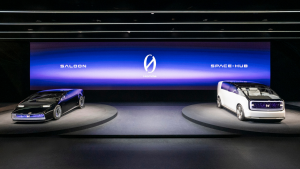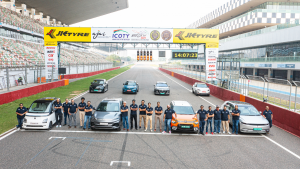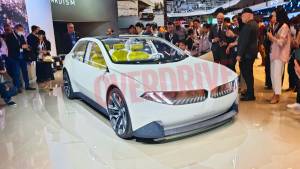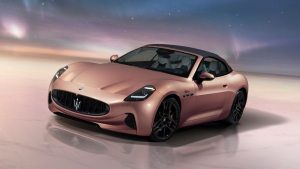Simple tech: Living with electric vehicles
Head to your swanky new hibernation pod and set the clock for 20 years from now. Wake up, rush to the garage and start the car. The fuel gauge says you've got some gas in the tank, so you decide to go for a spin. And moments later, the low fuel warning arrives.But the hunt for a petrol station is fruitless. You ask someone where it's at. "You've been sleeping? We closed the last one years and years ago. We only have charging stations for our cars now."
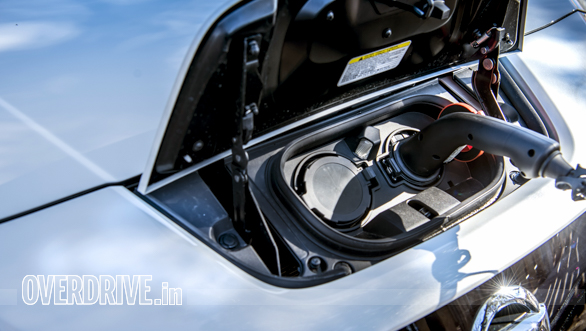
This seems like a likely situation two-three decades from now from the way things are going today. In some time, using an internal combustion engine will be the privilege of a few, just like riding horses is today. To prepare for this, let us look a little closer at EVs, shall we?
The main complement of an electric vehicle (EV) is the battery which stores energy in the form of electric charge and the electric motor which converts this charge into propulsion. Batteries are rated in Volts, abbreviated to V. Volts represent potential difference, which signifies the force with which the battery can push electric charge through the wires. The electric motor at the other end of this also has a Volt rating. They should match for the best efficiency. If a 12V battery works with a 6V motor, there are chances it will overload and damage the motor. On the other hand, if the same battery is hooked up to a 24V motor, the system is inefficient. This isn't dissimilar to having to match the fuelling system to the hunger of the engine. This is why, uprating a battery's voltage when you replace it, is unheard of. Current is measured in amperes or A. The flow of charge is called current. When you press the throttle, the motor draws more current from the battery.
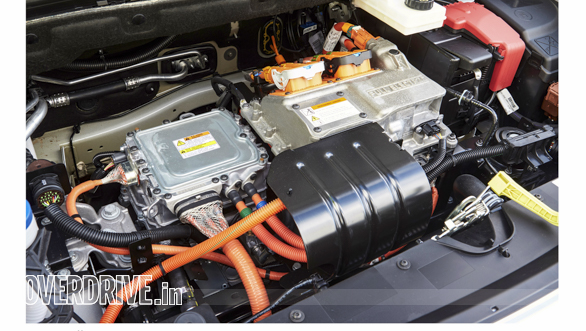
Power will be listed in watt or kilowatt (kW) for electrics. This is the equivalent of PS or bhp in internal combustion engines. Horse power is the measure of the effectiveness of converting energy in each drop of fuel into useful mechanical motion. Similarly, kW is the measure of effectiveness of converting electrical energy in each stored electrical charge into useful mechanical motion. Fuel efficiency in kilometres per litre (kmpl) will be replaced with distance to empty, or range. Range is the amount of charge left in the battery represented as distance left. If you nurse your car, range will increase because electric motor is asking for less charge. But if you put pedal to the metal, then range will reduce as the motor consumes more charge for the same distance.
The final piece of owning an electric car would be the capacity of the battery. This is measured in Ampere hours or Ah. You've seen this number on your powerbank - usually rated as 5,000 or 10,000mAh. Car batteries won't be very different. What does Ah mean? A 12V battery rated for 200Ah can supply 12V at 100A for two hours, or 50A for four hours. If you fix the maximum current draw to say 50A, then the range is four hours. Most EVs have driving modes that limit at the maximum charge possible to allow more performance or range. This also means that if you replace the battery with a 12V 400Ah unit, you will double range or current draw depending on what you want from the larger battery. For convenience, you should replace the battery on the EV with an equivalent or higher Ah-rated battery. Finally, remember that EVs have an extra set of brakes apart from the conventional brakes. That's the regenerative braking system. When you brake, the motor-generator unit reverses and starts charging the battery. Think of this as engine braking if you will.
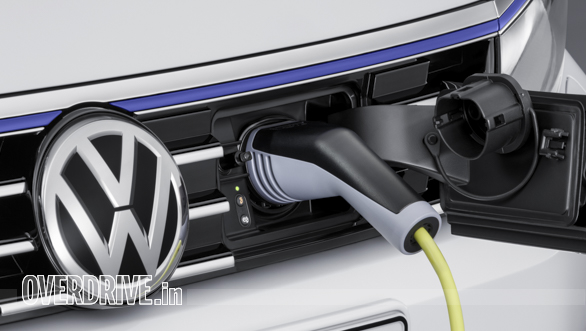
If you think about it, most of these concepts are extremely similar to how internal combustion engines work. The units and the means might be different but we are still doing the same things - storing energy, converting energy, managing the rates at which this energy is consumed and so forth. When the kids tomorrow get EV trump cards, you can be sure that the games will be just as fun!
